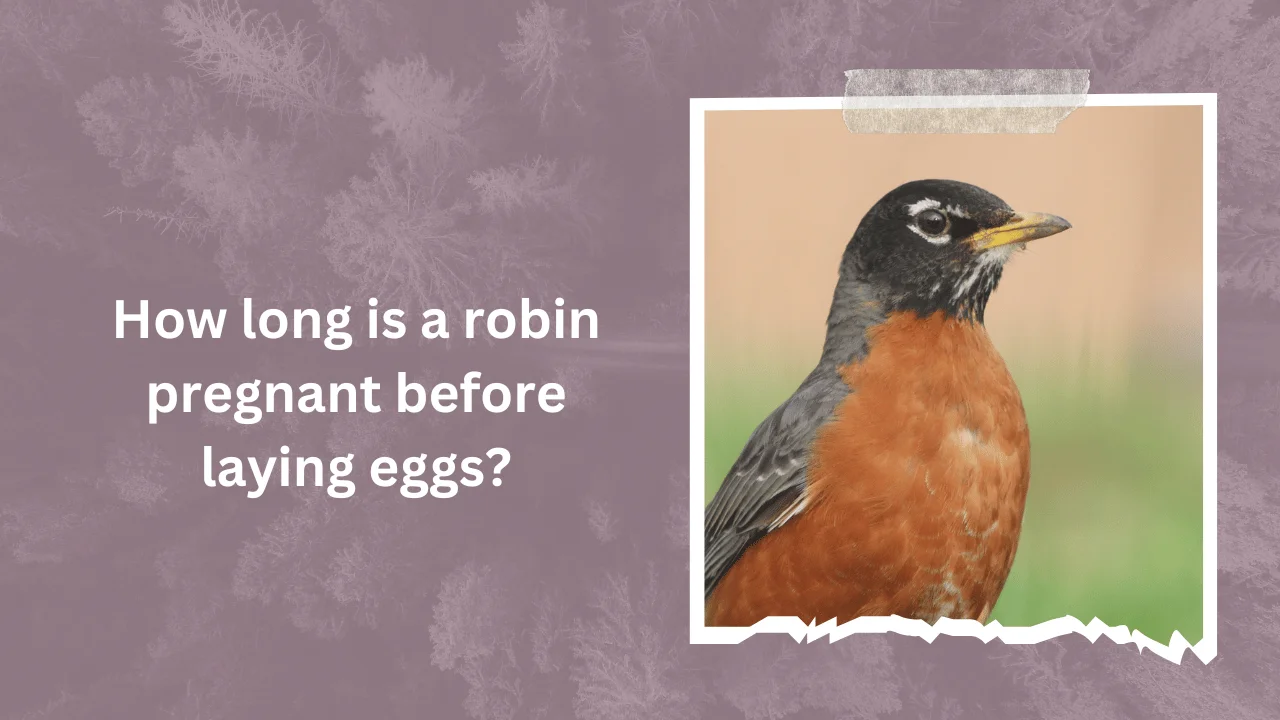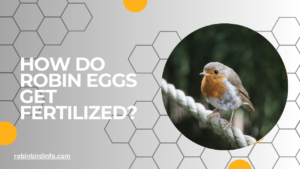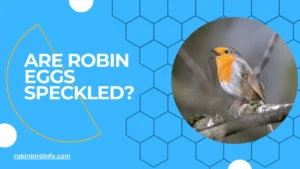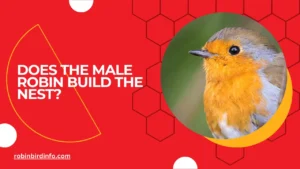Have you ever watched a Robin flitting around your yard, its bright red breast a splash of color against the green?
You might see them busily gathering twigs or singing a cheerful tune. But beneath this apparent domesticity lies a fascinating biological truth: Robins aren’t actually pregnant!
This might come as a surprise. After all, many animals carry their young internally before giving birth. But birds, including Robins, utilize a different reproductive strategy. This blog post dives into the captivating world of Robin reproduction.
We’ll explore the intriguing courtship rituals, the meticulous nest-building process, and the fascinating timeline of laying eggs and raising young. So, the next time you see a Robin in your yard, you’ll have a deeper understanding of the incredible journey they embark on to raise their next generation!
Contents
Mating and Nest Building
The mating season for Robins typically begins in early spring. Male Robins attract females through their melodious songs and elaborate courtship displays. Once a pair bond is formed, they work together to build a nest.
Nest construction is a collaborative effort. Robins use a variety of materials, such as twigs, grass, and mud, to create a sturdy cup-shaped nest. The nest is often placed in a sheltered location, like a tree, shrub, or man-made structure.
The time it takes to build a nest can vary depending on factors like weather conditions and material availability. However, a pair of Robins can typically construct a nest in a few days.
Egg Laying
Once the nest is complete, the female Robin lays a clutch of 3-5 eggs. The eggs are pale blue-green in color and are incubated by both parents.
The frequency of egg-laying is typically once per day, with a day or two break between laying each egg. Factors such as food availability, weather conditions, and the health of the female Robin can influence the number of eggs laid and the frequency of egg-laying.
Incubation Period
The incubation period for Robin eggs is approximately 12-14 days. Both male and female Robins take turns incubating the eggs, keeping them warm and protected.
During incubation, the parents must maintain a consistent temperature within the nest. They may adjust their position on the nest or use their bodies to shield the eggs from the elements.
Hatching and Fledging
After the incubation period, the eggs begin to hatch. The newly hatched chicks are altricial, meaning they are born blind, naked, and helpless.
Both parents work tirelessly to feed and protect the chicks. They bring them a variety of insects, worms, and berries. As the chicks grow, they develop feathers and begin to practice flying.
The fledging process usually occurs around 13-15 days after hatching. The young Robins will leave the nest and begin to explore their surroundings under the watchful eye of their parents.
Challenges and Threats
Robin populations face numerous challenges, including predation from cats, snakes, and other birds of prey. Habitat loss and fragmentation due to urbanization and deforestation also pose significant threats.
Climate change can disrupt Robin breeding patterns and migration schedules. Extreme weather events, such as droughts and storms, can further impact their survival.
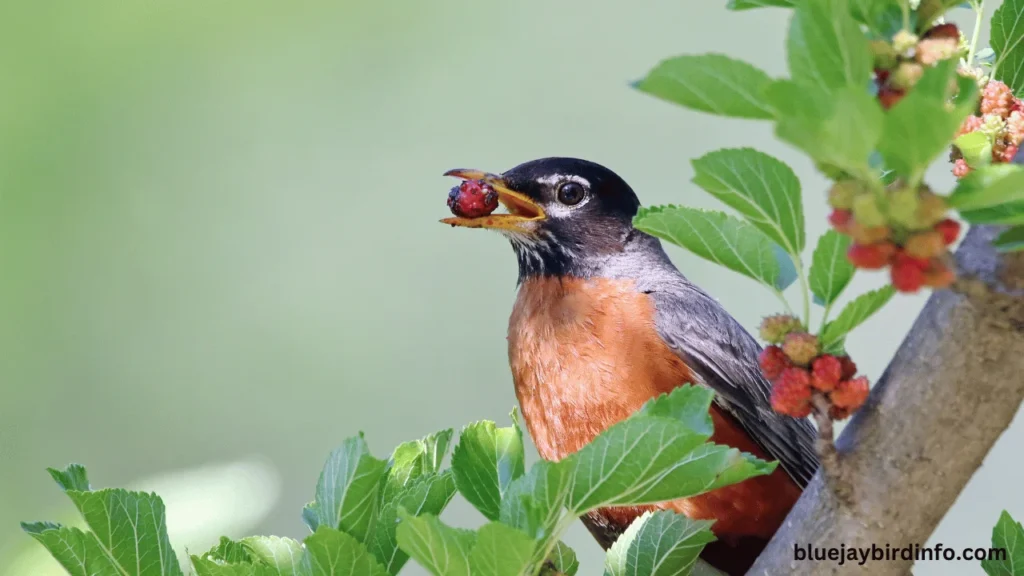
Conclusion
To protect Robin populations, it’s important to maintain healthy habitats, reduce the use of pesticides, and minimize human disturbance. By creating bird-friendly environments, we can help ensure the survival of these beloved birds.
It’s important to remember that bird feeders should be considered a supplemental food source and not a primary food source.
By maintaining a balanced ecosystem and providing a variety of natural food sources, we can ensure the health and well-being of Robin populations.
FAQ’s
Do Robins mate for life?
While Robins can form strong pair bonds, they may not mate for life. Factors like habitat quality and food availability can influence the duration of their partnerships.
How often do Robins breed in a year?
Robins typically breed once a year, but in some regions with favorable conditions, they may raise multiple broods.
What time of year do Robins mate?
The breeding season for Robins usually begins in early spring, with the specific timing varying depending on geographic location and weather conditions.
How long does it take for Robin eggs to hatch?
The incubation period for Robin eggs is typically around 12-14 days.
What do baby Robins eat?
Adult Robins feed their young a diet of insects, worms, and berries.
How long does it take for Robin chicks to fledge?
Robin chicks usually fledge the nest around 13-15 days after hatching.

